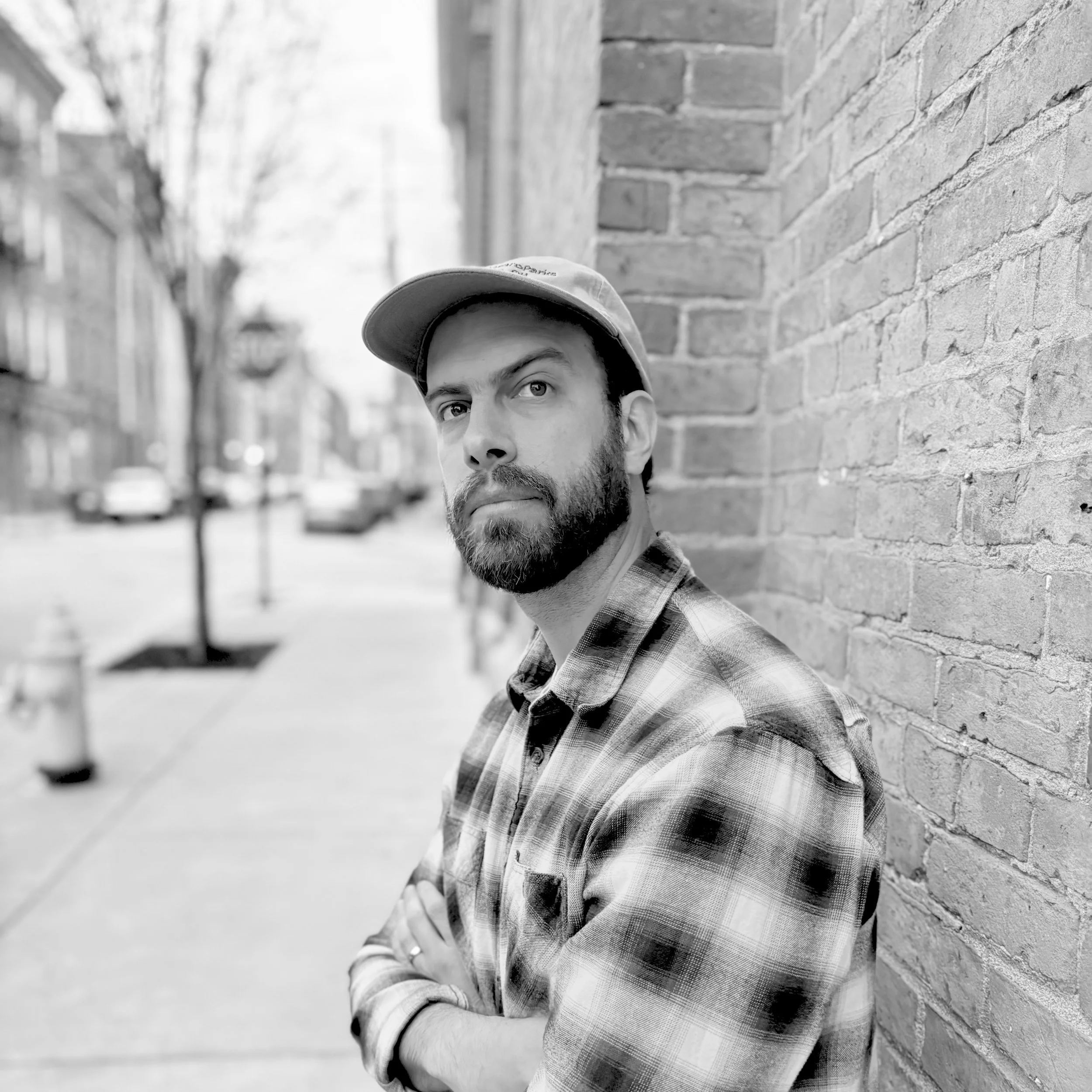Exploring Cincinnati
Cincinnati is one of America’s most unexpectedly captivating cities—a place where history and innovation come together in surprising ways. Set along the banks of the Ohio River, the city invites you to explore a rich narrative shaped by immigration, industry, and reinvention. Its rolling hills, winding streets, and sweeping river views offer a unique sense of discovery. With each turn, Cincinnati reveals more of its character, blending Midwestern friendliness with a creative, forward-looking energy.
In the 19th century, Cincinnati grew into a major center of commerce and manufacturing, known as “The Queen City” and “Porkopolis” for its role in trade and meatpacking. The city became a magnet for people from around the world, including large communities of German, Appalachian, and African American migrants. These cultural influences helped shape its distinct neighborhoods, vibrant traditions, and beloved local foods like goetta and Cincinnati chili. Today, the legacy of those communities is still deeply felt in the city's architecture, cuisine, and sense of identity.
Cincinnati stands out for how it honors its past while actively shaping its future. Historic buildings have been thoughtfully reimagined as restaurants, artist studios, and gathering spaces. The city is home to outstanding cultural destinations like the Cincinnati Art Museum, the Contemporary Arts Center, and the iconic Music Hall. Its public parks and trails, including Washington Park and Smale Riverfront Park, create spaces where people come together to relax, explore, and connect with nature.
In recent years, Cincinnati has embraced a fresh wave of investment and community energy, focusing on sustainability, walkability, and inclusive growth. Whether you’re admiring street art in Over-the-Rhine, enjoying a concert downtown, or watching the sun set over the river, Cincinnati offers a deeply memorable experience. It’s a city that invites you in, surprises you, and makes you want to stay.










